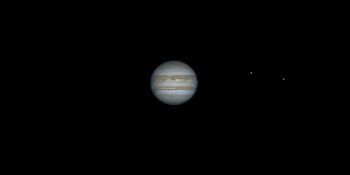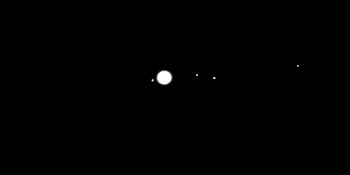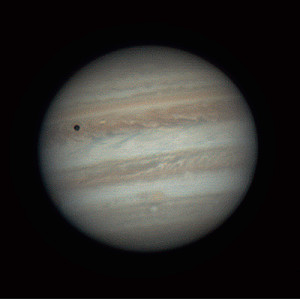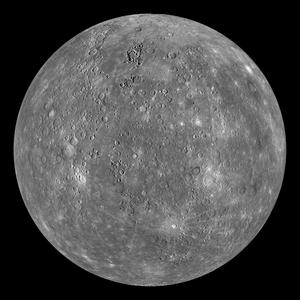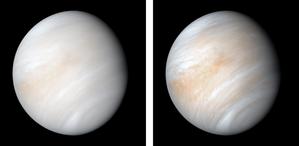Glossary term: Planet
Description: A planet is defined by the International Astronomical Union as a celestial body in orbit around a star or the remnant of a star, that is large enough to be nearly round in shape by its own gravitational force, but not massive enough for thermonuclear fusion to ever occur in its core. It must also be large enough for its gravity to remove other objects that pass close to its orbit around the star. Therefore, they are cold bodies (as compared to stars) that shine in the visible band only by the light reflected from their stars but they do emit light at infrared wavelengths. In our Solar System, eight planets orbit around the Sun. Planets may be basically rocky objects, such as the inner planets – Mercury, Venus, Earth, and Mars – or primarily liquid and gas with a small solid core like the outer planets – Jupiter, Saturn, Uranus, and Neptune. Planets outside the Solar System are called extrasolar planets or exoplanets for short.
Related Terms:
- Earth
- Exoplanet
- Gas Giant
- Giant Planet
- Ice Giant
- International Astronomical Union
- Jupiter
- Mars
- Mercury
- Neptune
- Nuclear Fusion
- Outer Planets
- Saturn
- Solar System
- Terrestrial Planet
- Uranus
- Venus
See this term in other languages
Term and definition status: This term and its definition have been approved by a research astronomer and a teacher
The OAE Multilingual Glossary is a project of the IAU Office of Astronomy for Education (OAE) in collaboration with the IAU Office of Astronomy Outreach (OAO). The terms and definitions were chosen, written and reviewed by a collective effort from the OAE, the OAE Centers and Nodes, the OAE National Astronomy Education Coordinators (NAECs) and other volunteers. You can find a full list of credits here. All glossary terms and their definitions are released under a Creative Commons CC BY-4.0 license and should be credited to "IAU OAE".
If you notice a factual error in this glossary definition then please get in touch.
Related Media
Jupiter's Rotation, by Vishal Sharma, India
Credit: Vishal Sharma/IAU OAE
License: CC-BY-4.0 Creative Commons Attribution 4.0 International (CC BY 4.0) icons
Jupiter Moons Movie2, by Nicolas Hurez, Paul-Antoine Matrangolo, and Carl Pennypacker, United States of America
Credit: Nicolas Hurez, Paul-Antoine Matrangolo and Carl Pennypacker/IAU OAE
License: CC-BY-4.0 Creative Commons Attribution 4.0 International (CC BY 4.0) icons
Jupiter, Io and its shadow, by Ralf Burkart, Germany
Credit: Ralf Burkart/IAU OAE
License: CC-BY-4.0 Creative Commons Attribution 4.0 International (CC BY 4.0) icons
Mercury
Credit: NASA/Johns Hopkins University Applied Physics Laboratory/Carnegie Institution of Washington credit link
License: PD Public Domain icons
Venus in visible light
Credit: NASA/JPL-Caltech credit link
License: PD Public Domain icons
Related Activities
Design Your Alien
astroEDU educational activity (links to astroEDU website) Description: Design an alien life form suited for an extra-terrestrial world.
License: CC-BY-4.0 Creative Commons Attribution 4.0 International (CC BY 4.0) icons
Tags:
Life
, Environment
, Extra-terrestrial
, Art
, Creativity
, Hands-on
, Alien
Age Ranges:
8-10
, 10-12
Education Level:
Primary
, Secondary
